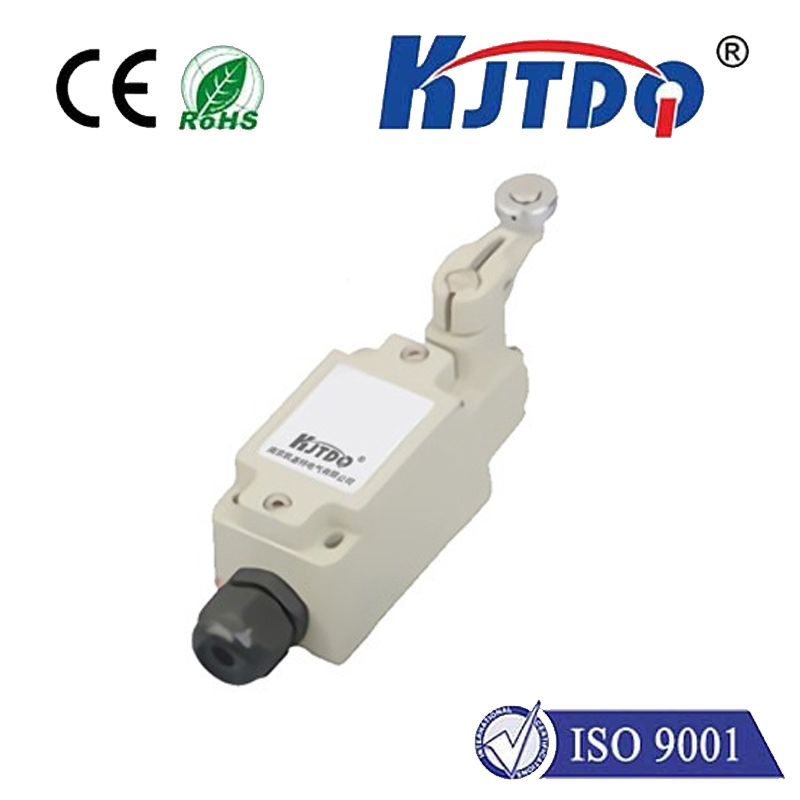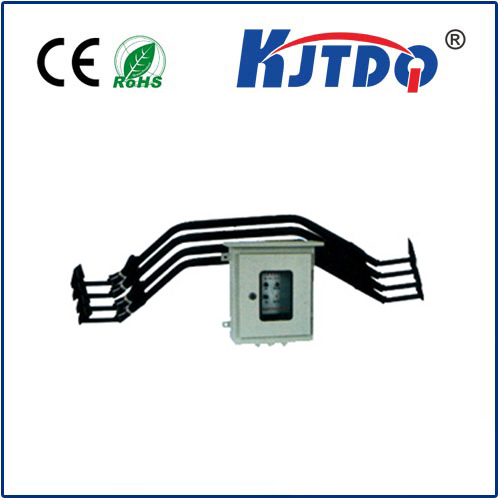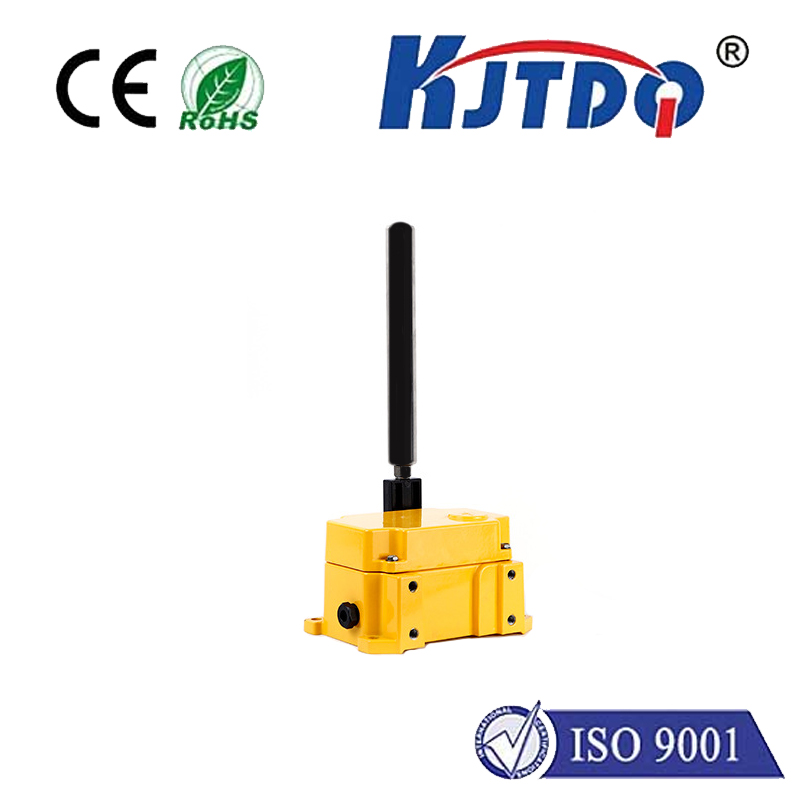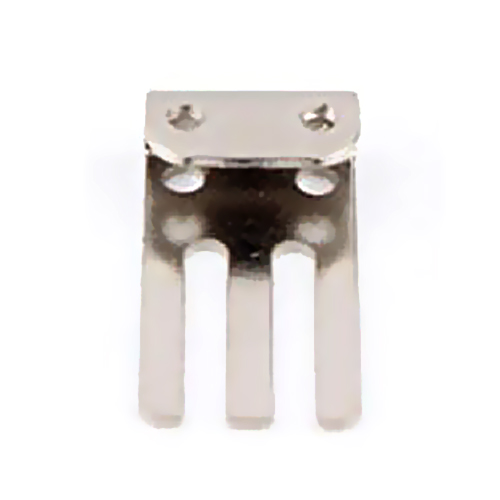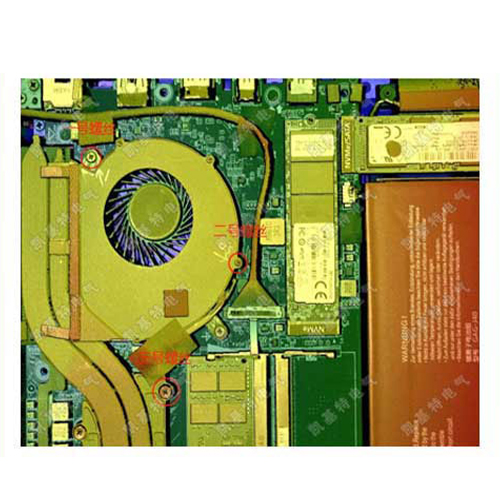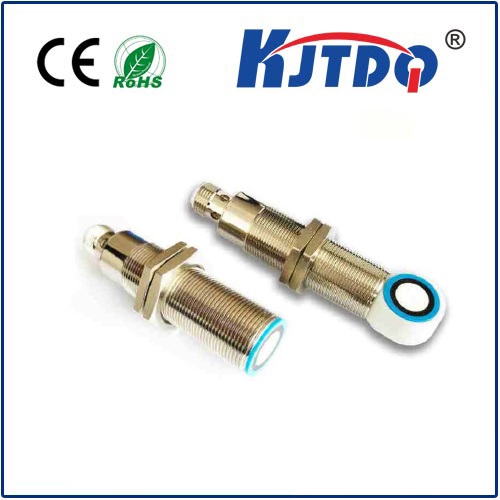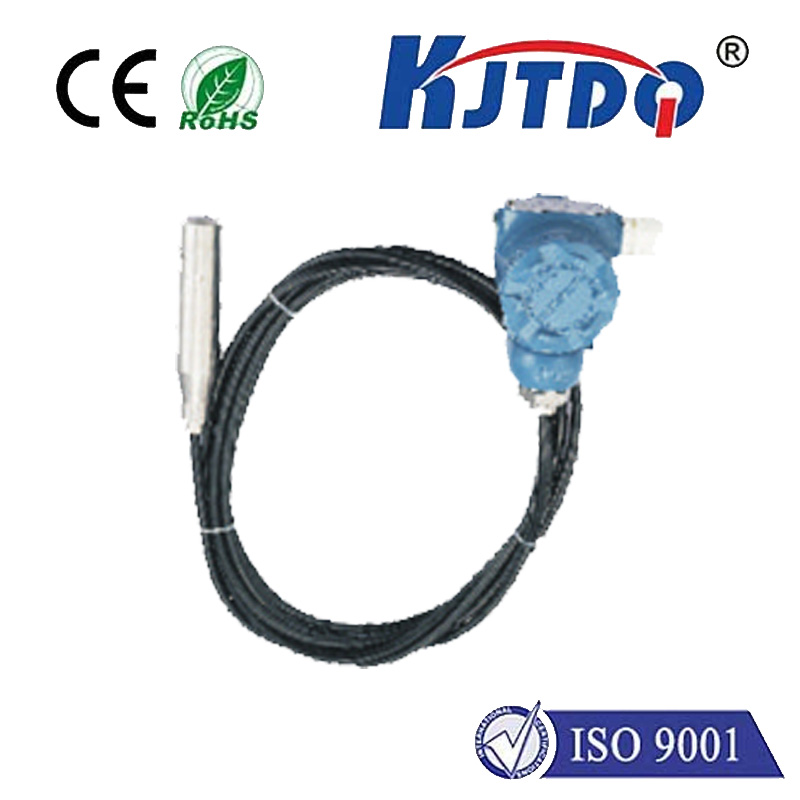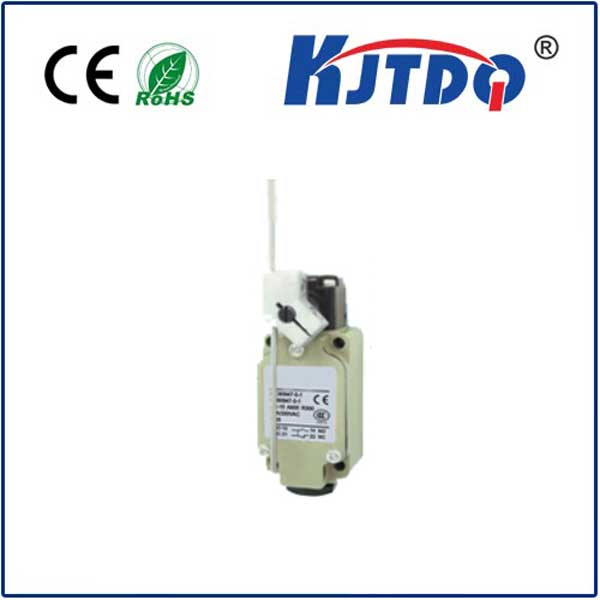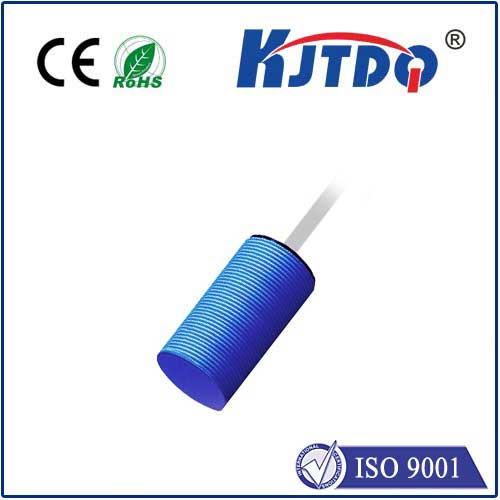

check

check

check

check

check

check

check

check

check

check
Title: The Elevator Limit Switch: A Crucial Component in Modern Lift Systems
Introduction:
The elevator limit switch is a crucial component of modern lift systems that plays a vital role in ensuring the safe and efficient operation of these devices. This article will provide an in-depth overview of the elevator limit switch, its functions, and the importance of maintaining it for optimal performance.
Section 1: What is the Elevator Limit Switch?
The elevator limit switch is a mechanical device that is used to detect the position of the elevator's doors or open/closed status. It is typically installed on the elevator car, between the floor sensors and the motor. When the elevator reaches a certain point, the switch will trigger an automatic stop, preventing the elevator from traveling any further. The purpose of this device is to ensure that the elevator stops at the desired floor, preventing it from moving past the destination.
Section 2: Functions of the Elevator Limit Switch
The primary function of the elevator limit switch is to detect when the elevator has reached the desired floor or stopped at a predetermined point. This allows the lift system to safely and efficiently transport passengers to their intended floor without any complications. Some additional functions of the elevator limit switch include:
1. Safety Measure: The elevator limit switch plays a critical role in ensuring elevator safety by stopping the elevator at the correct floor level during emergencies or power failures.
2. Motor Control: The limit switch helps control the speed and direction of the elevator's motors, allowing for smooth and seamless movement throughout the building.
3. Maintenance Monitoring: Regular maintenance of the elevator limit switch is essential for monitoring its performance and identifying potential issues before they become significant problems.
Section 3: Importance of Maintaining the Elevator Limit Switch
Properly maintaining and servicing the elevator limit switch is crucial for ensuring optimal performance and safety. Failure to maintain this critical component can result in several issues, including:
1. Malfunctioning Doors: If the elevator limit switch fails to detect when the doors are open or closed, it can cause the doors to malfunction, leading to safety concerns for passengers and operators.
2. Uneven Movements: Improperly maintained elevator limit switches can cause uneven movements within the lift system, leading to discomfort or even accidents for passengers.
3. Increased Maintenance Costs: Neglecting proper maintenance can lead to more significant repairs and replacement costs down the line, ultimately costing both time and money.
Conclusion:
The elevator limit switch plays a crucial role in ensuring safe and efficient elevator operations. By understanding its functions and importance of maintaining it, property owners and operators can take steps to prevent potential issues and ensure passenger satisfaction. Regular maintenance and timely repairs should be a top priority to keep elevator systems operating smoothly and reliably.

